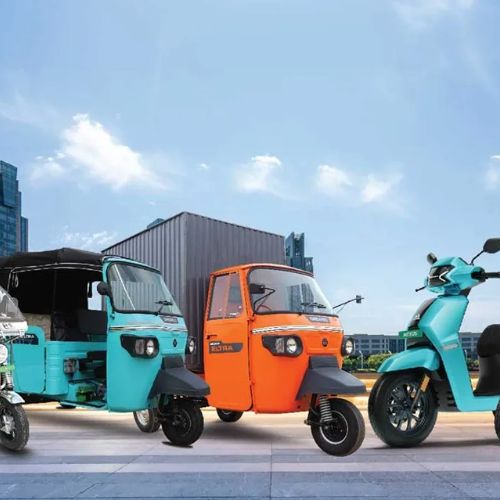In order to boost deterrence against the Chinese navy and safeguard vital supply routes, Taiwan hopes to deploy at least two newly built submarines by 2027 and may equip subsequent models with missiles.
In an ambitious initiative to modernise its armed forces, Taiwan, which China claims as its own territory, has made the indigenous sub program a crucial component. Beijing conducts military drills nearly every day to demonstrate its sovereignty.
The first of eight new submarines will reportedly be launched on Thursday as part of a plan that President Tsai Ing-wen, who started the initiative when she assumed office in 2016, drew on technology and expertise from numerous nations. This will be a breakthrough for politically insular Taiwan.
A fleet of 10 submarines, which includes two Dutch-built submarines commissioned in the 1980s, will make it more difficult for the Chinese navy to project strength into the Pacific, according to Admiral Huang Shu-kuang, Tsai’s security adviser, who is in charge of the program.
This month, Huang told a Reuters-attended internal project briefing, “I don’t think we will lose a war if we can build up this combat capacity.”
The first submarine, according to Huang, will cost T$49.36 billion ($1.54 billion), use a Lockheed Martin Corp (LMT.N) fighting system, and be equipped with MK-48 heavyweight torpedoes developed in the United States. Prior to being delivered to the navy by the end of 2024, it will begin sea trials the following month.
Taiwan would leave room for submarine-launched anti-ship missiles in later generations, but Huang said that adding those weapons would depend on the U.S.’s ability to produce them given the country’s already limited manufacturing capability.
He referred to the submarines as a “strategic deterrent” to Chinese warships passing via the Bashi Channel, which divides Taiwan from the Philippines, or the Miyako Strait, which is close to southwestern Japan.
In reference to the region that stretches from Japan to Taiwan, the Philippines, and on to Borneo, containing China’s coastal seas, Huang claimed that Taiwan’s diesel-electric submarines can hold China at bay within the first island chain.
Huang added, “To restrict them within the first island chain and deny their access was likewise the strategic notion of the U.S. military. Japan and South Korea won’t be safe if Taiwan is captured, either, experts agree.
An inquiry for comment was not answered by the Chinese defence ministry.
Concerns that China would launch an attack from Taiwan’s eastern shoreline have arisen as the Chinese navy, especially its Shandong aircraft carrier, has grown more active recently. Planners have long envisioned the island’s military reorganising and maintaining its soldiers amid a fight in eastern Taiwan.
Huang claimed that by keeping ports on Taiwan‘s eastern coast accessible during a battle, the submarines might preserve the island’s “lifeline” to the Pacific.
He declared, “The submarines will keep their ships off of our eastern borders.
The fleet would struggle to complete that duty, according to Chieh Chung, a military expert at Taiwan’s National Policy Foundation think tank, because China may place warships in the Pacific before launching an attack.
However, he went on to say that the submarines might set up shop in key ambush spots in the area and “greatly harm (China’s) combat ability” by focusing on expensive targets like carrier groups or landing fleets.















